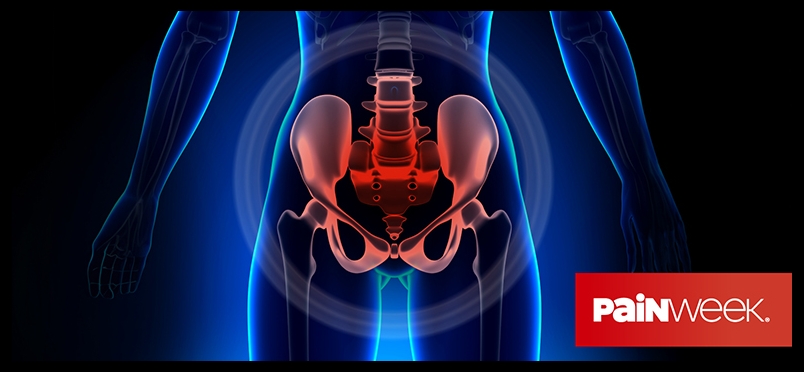| pelvic pain
Mastering Chronic Pelvic Pain: A 5-Step Clinician's Guide

Understanding the Chronic Pelvic Pain Challenge
Many clinicians lack the know-how to conduct evidence-based assessments of pelvic pain, leading to difficulties in identifying overlapping pain syndromes, central sensitization, and their impact on surgical outcomes. Additionally, they may not understand how to utilize multidisciplinary clinical partnerships effectively to enhance care for patients with Chronic Pelvic Pain (CPP).
The Complex Nature of Chronic Pelvic Pain
Chronic pelvic pain (CPP) is a complex condition affecting about 20% of women in the US. It brings along various negative impacts on cognition, behavior, sexuality, and emotions. The symptoms suggest the involvement of multiple organs. In the US, it contributes to 10% of gynecology visits and 40% of laparoscopies. Yet, around 70% of these surgeries fail to identify the cause of pain. Despite this, about 60% of women with CPP undergo laparoscopy. Pain management sometimes resorts to hysterectomy, but its effectiveness is debated in studies.
Managing CPP gets even trickier when patients suffer from pain in multiple organ systems, known as chronic overlapping pain syndromes. These can include conditions like interstitial cystitis, irritable bowel syndrome, migraines, and fibromyalgia. While in the past, clinicians often attributed these to psychological factors, current evidence points to physiological issues such as small-fiber polyneuropathy, rheumatologic diseases, central sensitization, and other rare conditions.
5 Steps To Address Chronic Pelvic Pain Challenges
To address these challenges and improve pelvic pain management, clinicians must:
-
Enhance Assessment Skills: Arm yourself with the necessary tools and knowledge for evidence-based assessments. Prioritize identifying overlapping pain syndromes and understanding central sensitization.
-
Optimize Diagnostic Strategies: Invest in training to master precise evaluation techniques. This will enable you to accurately pinpoint the root causes of pelvic pain, reducing the need for unnecessary procedures and enhancing diagnostic precision.
-
Leverage Multidisciplinary Collaboration: Recognize the benefits of teaming up with experts from diverse fields in managing CPP. Collaborating with specialists can significantly improve patient care and outcomes.
-
Stay Updated on Treatment Efficacy: Keep yourself informed about the latest evidence on treatment effectiveness, especially when comparing different approaches to treating endometriosis.
-
Recognize Systemic Factors: Educate yourself on the physiological mechanisms behind chronic overlapping pain syndromes. Challenge outdated beliefs about psychogenic causes and focus on systemic factors such as small-fiber polyneuropathy and central sensitization.
Empowerment Through Implementation: Further Resources
Implementing these strategies will empower you to navigate the complexities of pelvic pain more effectively, resulting in enhanced diagnostic precision and improved patient outcomes. To support your learning, we invite you to explore our Digital Pelvic Pain Hub, where you can access resources and tools tailored to your needs.
Furthermore, to deepen your understanding and stay updated on the latest advancements, we highly recommend attending our 18th annual pain conference, PAINWeek 2024, in Las Vegas (Sept. 3-6). This year's agenda includes a dedicated Pelvic Pain/Women's Health Track. Dive into topics such as communication skills for pain management in CPP, surgical considerations for managing CPP, shared experiences in endometriosis pain, and acupuncture for women Veterans with co-morbid pain and menopause.
Join us at PAINWeek to gain valuable insights and network with experts in the field, advancing your ability to provide optimal care for patients with chronic pelvic pain.
Other Categories:
Did you enjoy this article?
Subscribe to the PAINWeek Newsletter
and get our latest articles and more direct to your inbox